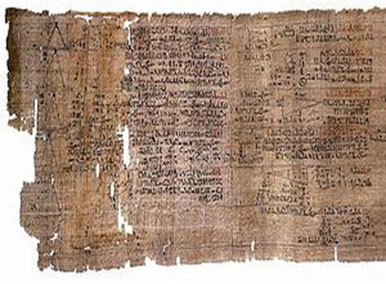Do you enjoy playing online games? Have you been fingering away on your smartphone playing Angry Birds, Cut the Rope, Fruit Ninja, PES, and Samurai Vegean? Do you compete with friends for high scores on Facebook games? If so, you have ancient Egyptian scientists to thank for that.
Flash games and online entertainment applications like Teagames and Drive Park depend on the computer multimedia technology platform called Flash which is used in animation, video, and interactivity.
I addition to gaming and entertainment, it is also useful in webdesigning and advertisements, in addition to being a vital tool for Rich Internet Applications (RIAs) and the new HTML 5 web programming language which is slowly becoming the standard.
Interestingly, in order for these RIAs and Flash outlets to work, they needed computer object-oriented languages such as ActionScript. Such scripting programming languages, and specially the new ActionScript 3.0, use the science of trigonometry as their cornerstone.
Basically, trigonometry is a branch of mathematics that studies the sides and angles of triangles and the relationships between them.

Ahmes’s Mathematical Papyrus in ancient Egyptian language
While today trigonometry is taught at schools and universities, ancient Egyptians established that science and started their studies into triangles in the 2nd millennium B.C. One of these great constructions made by Egyptians using trigonometry were, of course, the pyramids.
Some of the other areas where trigonometry is used today include physics, geography, music theory, theories of designing and manufacturing of musical instruments, geodesy, oceanography, electronics, optics, biology, medical imaging, chemistry, pharmacology, statistics, engineering, acoustics, measuring distances to nearby stars, satellite navigation systems, linguistics, phonetics, maritime navigation, economics, financial analysis, cartography, cryptology, crystallography, architecture, seismology and meteorology.
